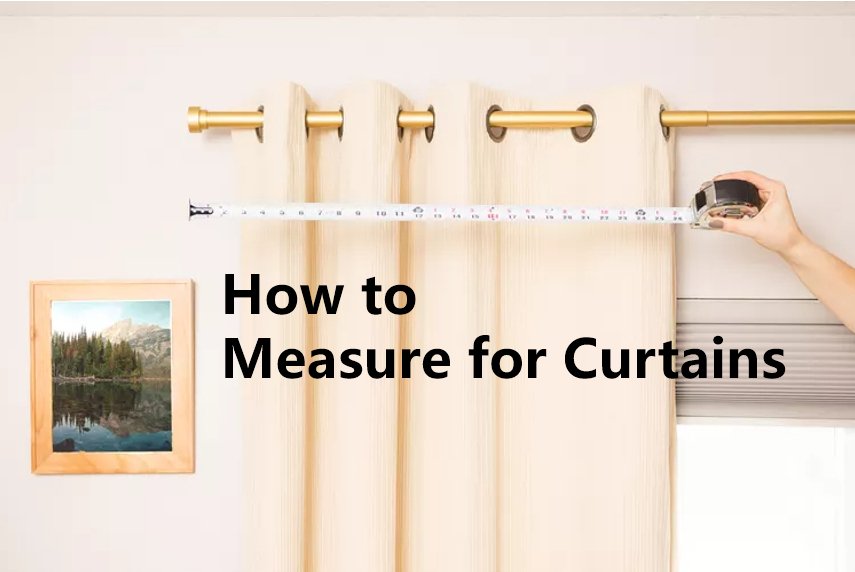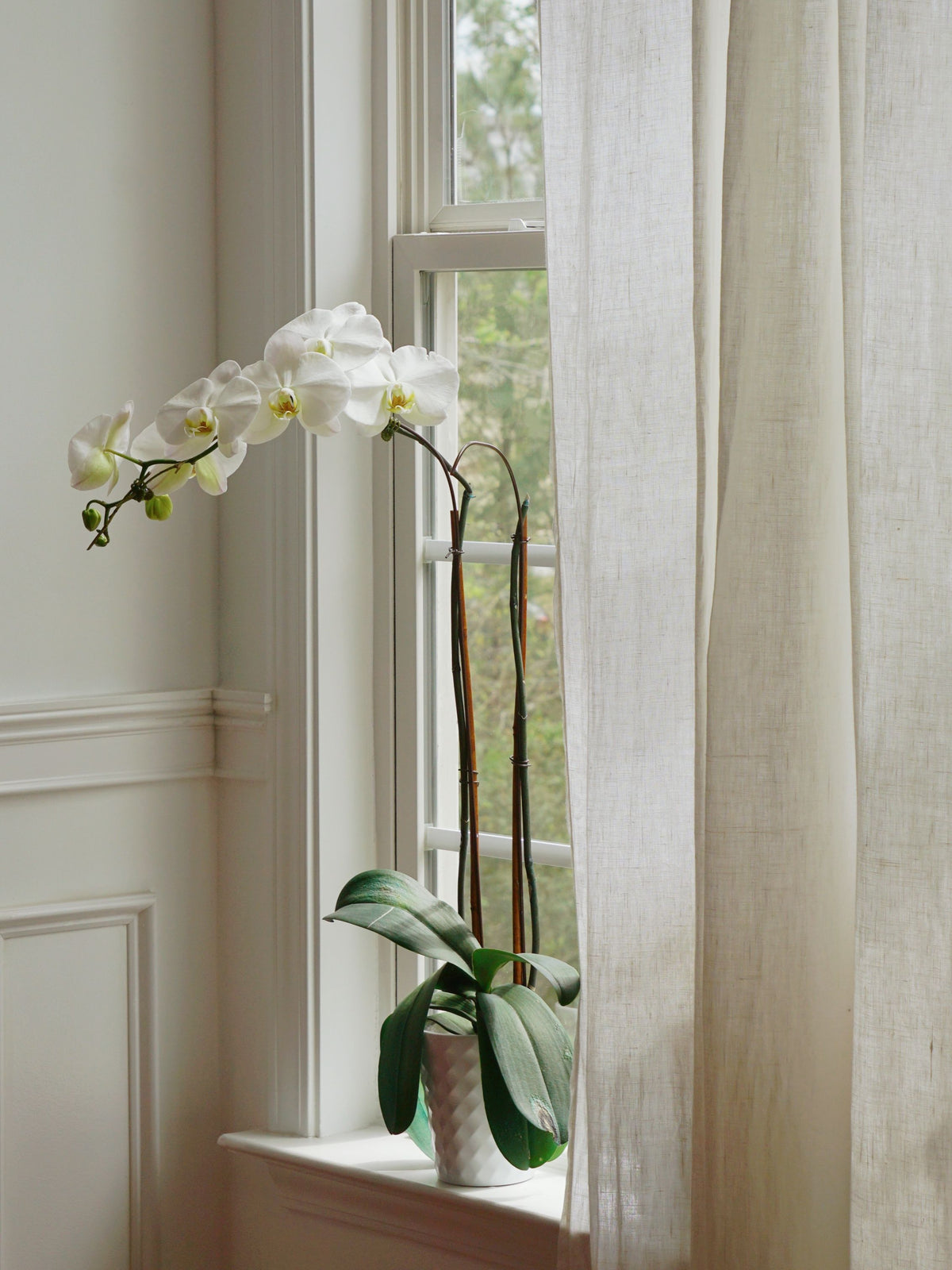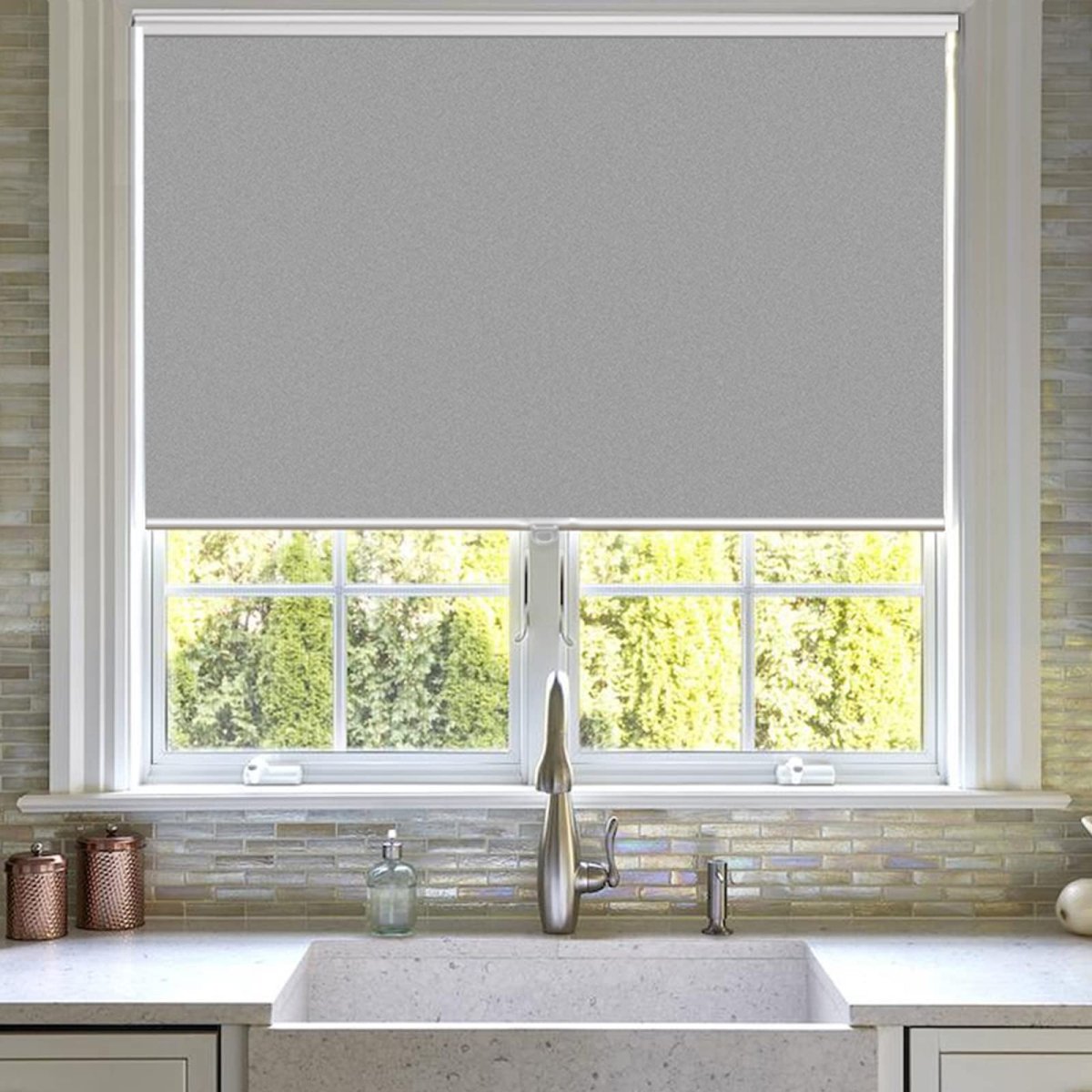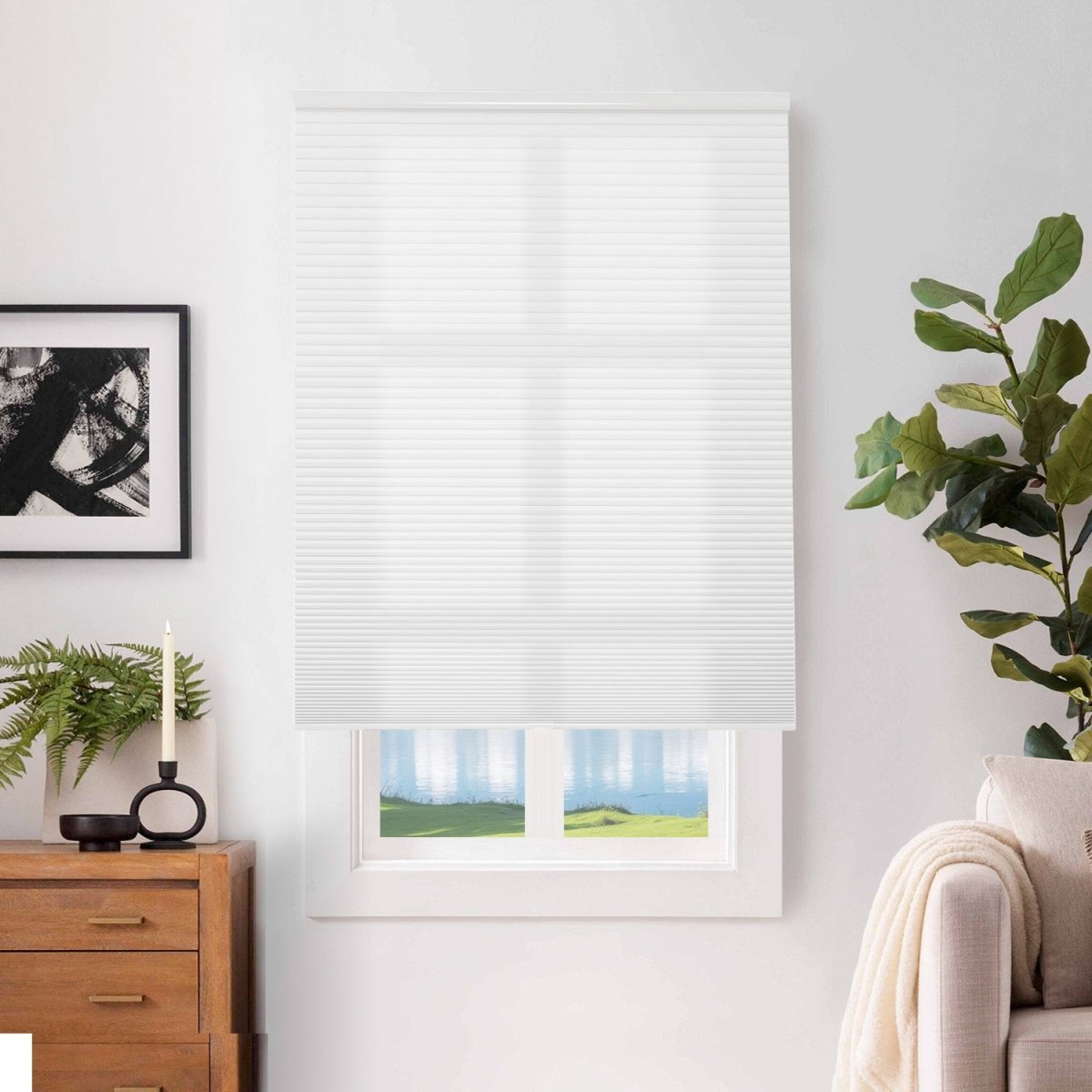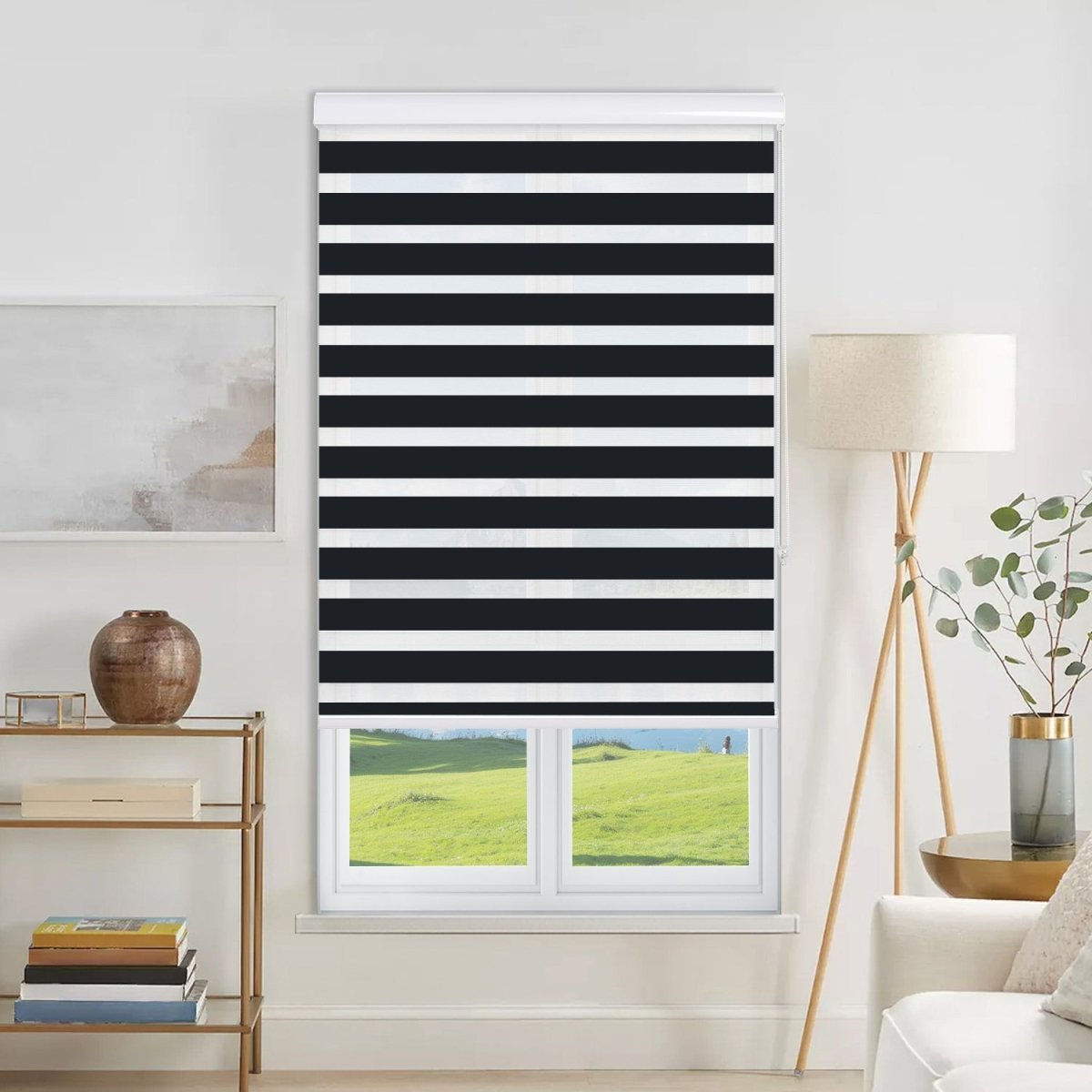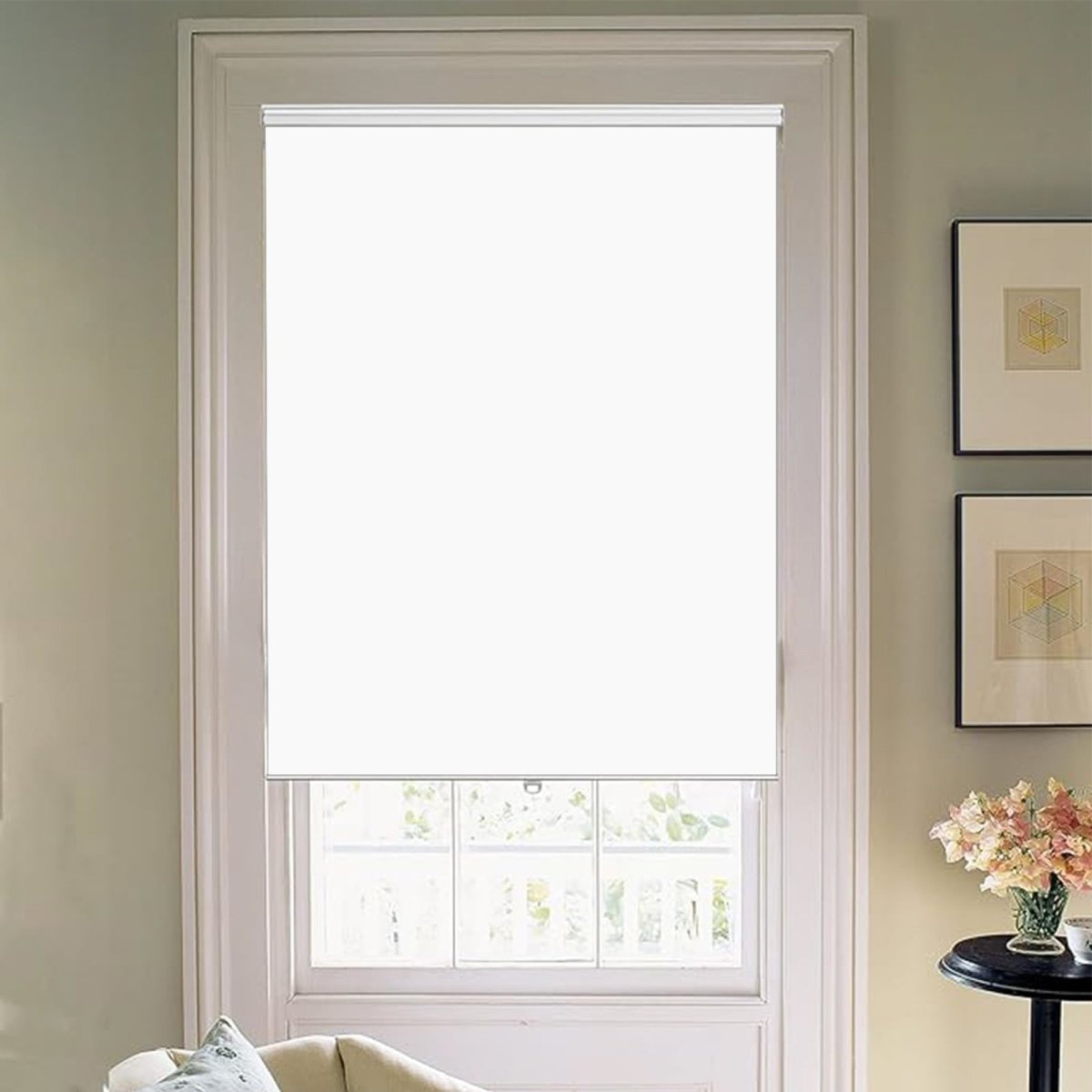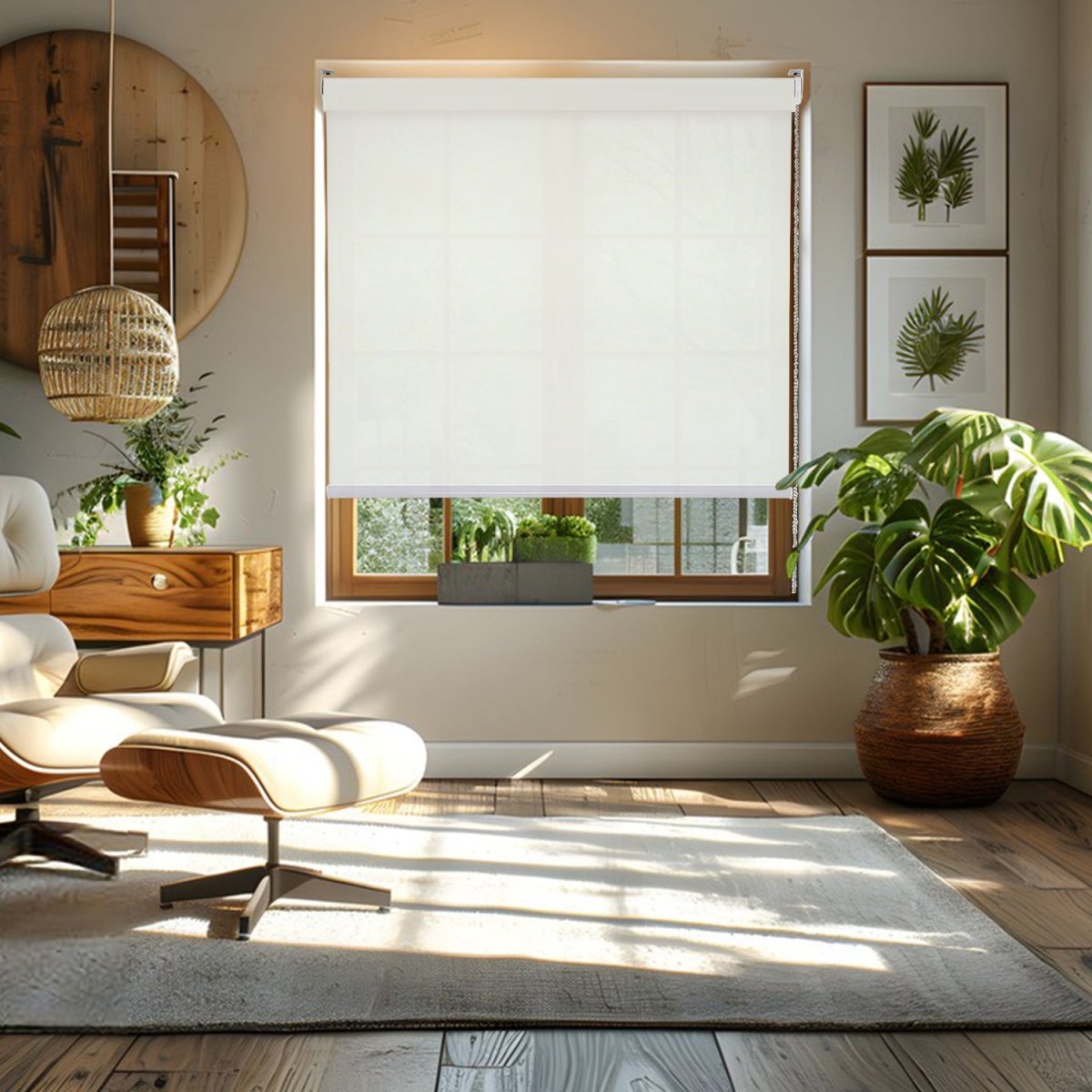How to Measure for Curtains

Accurate Measurements for Optimal Curtain Length, Width, and Mounting
Mastering the art of measuring for curtains can elevate the appearance of your home's interior with impeccably tailored window treatments. Curtains not only filter or block light, but also provide privacy, reduce echoes, and, when properly mounted, create an illusion of spaciousness.
PROJECT OVERVIEW
The key to achieving seamless curtain installation lies in comprehending the process of measuring your windows accurately and subsequently procuring suitable curtains and curtain rods. Follow the step-by-step instructions below to ensure precise measurements and the purchase of well-fitting curtains every time.
Common Curtain Measurements
For standard-sized windows, readily available common-sized curtains can be used. Typical curtain lengths include 63 inches, 84 inches, 96 inches, 108 inches, and 120 inches. Shorter lengths are typically employed for cafe curtains or above-the-sink kitchen curtains. In the United States, the standard width for a curtain panel is 48 inches.
In the case of custom windows, custom-made curtains may be required, or you can explore creative options by adapting standard window sizes. Keep in mind that for curtains to hang gracefully when closed, they should be wider than the windows when fully extended.
The 6 Essential Tools
- Measuring tape
- Pencil
- Level
- Step ladder
- Curtain panels
- Rod and rod hardware
Instructions
How to Measure for Curtains
The selection of an appropriate curtain rod is crucial for ensuring correct curtain placement. While the rod should be at least as wide as the window, determining the exact width can be measured.
Another essential aspect of hanging curtains is determining the correct length. Deciding how high to hang the curtains and how they should meet the floor can be perplexing. While personal preference plays a role, there are certain design principles to consider when determining curtain length.
Step 1: Determine Rod Width
Measure the window from side to side, including any trim present. Failure to account for the space occupied by bunched curtains when selecting the curtain rod measurement length may result in the curtains obstructing the window's light.
Add 16 to 24 inches to your measurement and select a rod that extends to this width. This will create an illusion of a larger window by maximizing the amount of light revealed when the curtains are opened.

Step 2: Measure Curtain Width
Measure the width of the window, including any trim present.Factor in the additional space you allocated for extending the rod beyond the window's width, and add this to the overall width of the curtains.
Determine the desired appearance of the curtains when fully closed. Opt for wider curtain panels if you prefer a bunched and textured look. For a sleek and straight appearance, purchase curtains matching the determined width.

Step 3: Determine Rod Height
One common mistake when hanging curtains is placing the rod too close to the top of the window. This can create the illusion of a smaller and squat room, making the ceilings appear shorter. Conversely, increasing the distance between the curtain rod and the window can make the room appear larger (within reason).
For standard 8-foot ceilings, position the curtain rod at the ceiling level. If your ceilings have crown molding, mount the rod just below the crown molding.
For high ceilings, choose a spot 12 to 14 inches above the top of the window to mount the curtain rod.

Step 4: Determine Desired Length
Once you have determined the placement of the curtain rod, you can determine the desired length of the curtains. This will depend on how you want the curtains to meet the floor. Here are some common choices:
- Kiss: The "kiss" look is achieved when the bottom of the curtain barely touches or "kisses" the floor. To achieve this look, use the exact distance between the rod and the floor for your measurement.
- Float: The "float" look is when the bottom of the curtain hovers just above the floor. To achieve this look, subtract 3/8 to 1/2 inches from your height measurement.
- Puddle: The "puddle" look involves intentionally leaving the curtains longer to create a pooling effect on the floor, which is considered a more formal look. The standard puddle is achieved by adding at least 6 to 16 inches of fabric to the overall length, but the degree of puddling can vary, so choose what appeals to you the most.
- Break Puddle: The "break puddle" look is one of the most common types of puddling. It isachieved by adding 1/2 to 1 inch of fabric so that the curtains touch and slightly break at the floor. This option strikes a balance between the visual appeal of the puddle look and the functionality of the float and kiss looks.
Step 5: Measure Curtain Length
In general, measure from the top of the rod to your desired length. However, keep in mind that the header style of the curtains can affect the overall length and how they hang or meet the floor. Take the header into account when measuring your curtains. Common header styles include:
- Grommets: Measure from the top of the grommet to the desired length above the floor.
- Tabs: Measure from the top of the tab to the desired length above the floor.
- Rod pocket: With rod pockets, no additional length needs to be accounted for.
- Pleat curtains: Measure from the underside of the ring hanging from the rod down to your desired length.
How to Ensure Accurate Curtain Measurements
While these measuring guidelines provide a solid foundation, it's important to note that different curtain types may hang differently on various rods. Even with precise measurements, curtains can lose a couple of inches when mounted on a rod, causing them to float instead of gracefully touching the floor.
If you've already mounted your curtain rod, this may require repositioning the rod. If possible, enlist the help of a helper. With the curtain mounted on the rod, ask the helper to hold it against the wall to determine the optimal mounting position.
